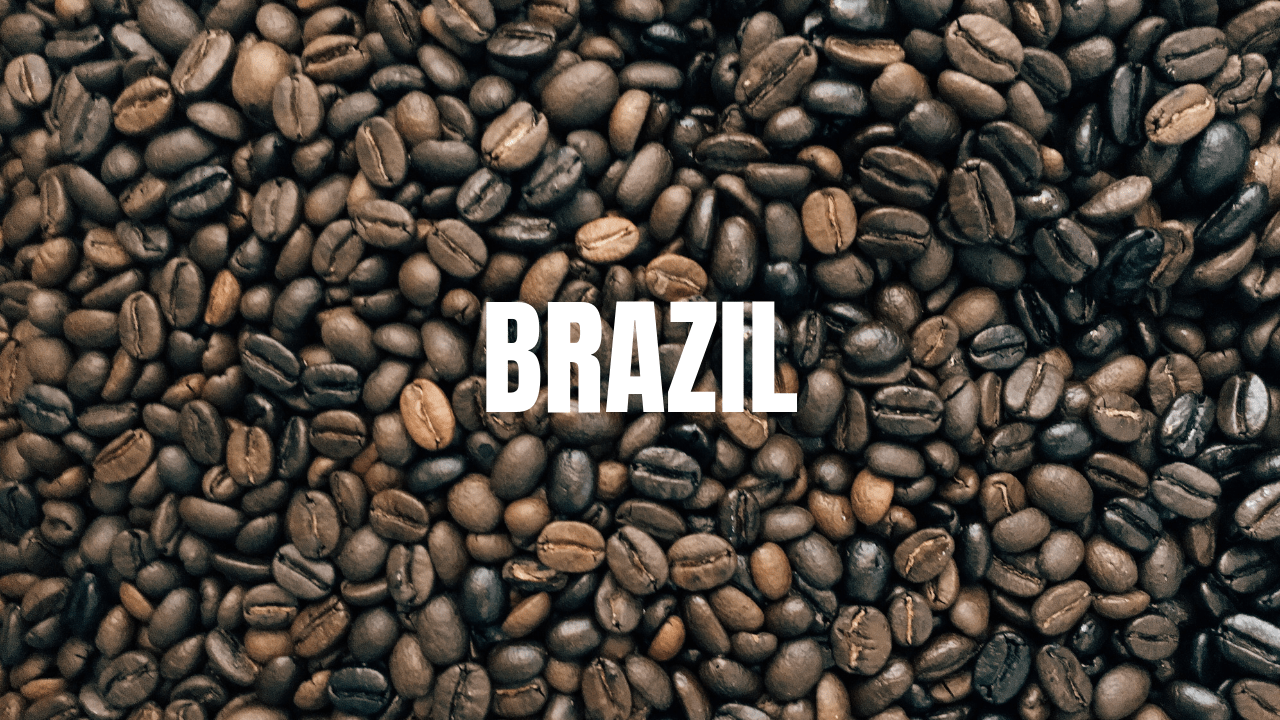
BRAZIL
BRAZIL : Leading the world's production
During the past 150 years, Brazil has always been the leading country in the coffee area and output. The coffee industry seems to be a powerful engine for the Brazilian economy as raw coffee beans account for about 60% of global transactions. Until 2011, Brazil was the world leader in green coffee, Arabica coffee, and processed coffee (instant coffee).
Brazilian coffee
According to the Uncommon Grounds, the first coffee tree was planted in Brazil in 1727, by Francisco de Melo Palheta, in Pará. The original purpose of growing coffee was for domestic consumption. Until the 19th century, when the demand for coffee in America and Europe increased, Brazil began to export this commodity. By 1820, the first coffee plantations were built and expanded in Rio de Janerio, Sao Paulo, and Minas Gerais. At that time, the production of coffee from Brazil accounted for 20% of the world. Thanks to a constant effort to develop this industry, Brazil became the largest coffee-exporting country with about 30% of world coffee after a decade. In 1920, Brazil was almost a monopoly on the coffee industry, providing 80% of the total volume traded. Despite a slight decline in 1960, Brazil still supplied about 60% of the world's coffee and held the leading position for 150 years.

Coffee production in Brazil
In Brazil, the popular coffee cultivars are Bourbon (mainly yellow bourbon), Typica, Caturra, Catuai, Catimor, Maragogype in Bahia, Espírito Santo, Minas Gerais (including Carmo de Minas, Cerrado Mineiro, and Sul de Minas), Nambuco, Paraná, San Janeiro, São Paulo. Besides, Brazil also cultivates both Arabica and Robusta coffee. In which, Arabica coffee accounts for about 85% and Robusta coffee takes the rest. Arabica farming clusters are in the national coffee region. Among them, Rio is the leading place. Meanwhile, Robusta coffee is grown in smaller states such as Espirito Santo (80% robusta) and Rondonia in the northwest.
However, the relatively low elevation of the terrain causes Arabica coffee from Brazil to decrease quality, rare high quality (Arabica varieties will show good quality when grown at the right height). Therefore, Brazilian Arabica coffees are not premium products.
There are many processing methods used in coffee production. Yet, the dry preliminary process is the most popular one. A few coffee beans go through the traditional Pulpe method that is similar to the semi-wet processing method. It means that after peeled the pods, coffee will dry with some remaining mucus.
Domestic consumption
From the first days of its history, Brazilian coffee trees were grown for domestic consumption and then started to export in the early 19th century due to the increased demand from the United States and European countries. According to statistics from the World Coffee Association, Brazil is second only to the U.S in total consumption, yet, it is the country with the highest domestic consumption among coffee-producing countries. The domestic coffee consumption in this country is about 600,000 tons with 4.7 kg/year/person. Coffee seems to become a daily drink for millions of Brazilians. Perhaps it is a habit or the strong policies of the Brazilian industry leaders.
One of the other interesting things about the Brazilian coffee industry is its remarkable contribution to the variety's biodiversity. Many Arabica coffee varieties, mutated by breeding or some natural ways, appeared popular outside the Brazilian border, spread to Central - South American countries, and travel globally. A typical example is Caturra coffee - a dwarf mutation of the Bourbon coffee variety conducted by the Agronomic Institute of Campinas (IAC), or Mundo Nouvo coffee.
